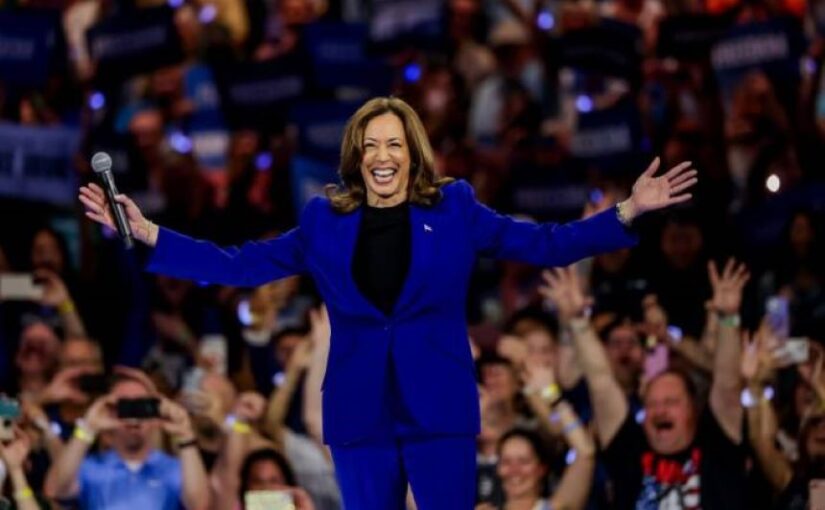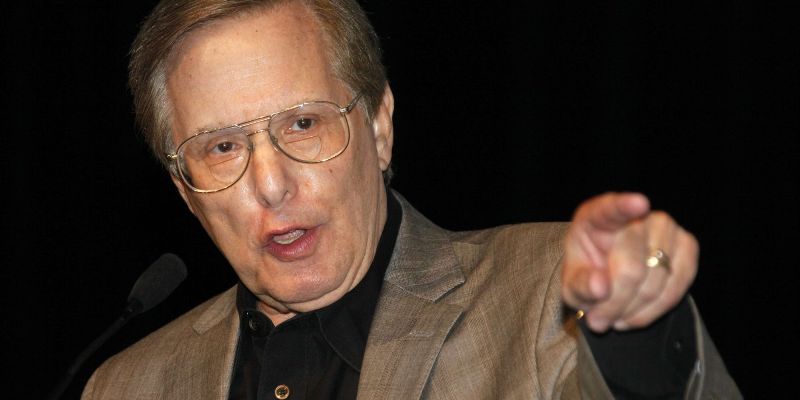
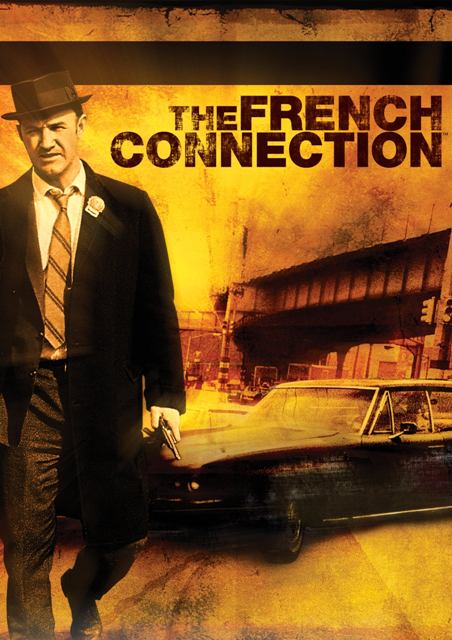
G. Kalyan Kumar
William Friedkin, who directed famous films ‘The Exorcist’ and ‘French Connection’ passed away in Los Angeles on August 7. He was 87 years old. He took his last breath before watching his latest film, The Caine Mutiny Court-Martial, waiting to be screened at the Venice Film Festival on August 30.
As someone who watched his masterpiece, The Exorcist in awe, I believe this timely tribute is my homage to the departed thespian.
A career begins in the early 1960s
Friedkin is slightly older than the Movie Brats group--Steven Spielberg, Martin Scorsese, and others that revolutionized Hollywood cinema in the late 1960s and early 1970s. In his career as a filmmaker he made a significant contribution to American New Wave cinema.
Friedkin's first feature film was "Good Times" (1967), which impressed critics with its innovative cinematography and cheerful bounce. "The Birthday Party" (1968), a film version of Harold Pinter's book, "The Night They Raided Minsky's" (1968), and "The Boys in the Band" (1970) followed.
"The French Connection" made him the most notable director, Released in 1971 the movie topped the Oscars in 1972, winning the Academy Award for Best Picture and also earning Friedkin the award for Best Director. Friedkin's golden moments were in the 1970s with the release of The French Connection and the blockbuster thriller The Exorcist in 1973.
Exorcist made Friedkin a big brand
The Exorcist (1973) scared audiences with the story of a 12-year-old girl possessed by a demon. Reports of spectators vomiting in movie theaters and leaving the hall screaming became regular news at the time.

After French Connection (1971) and The Exorcist (1973), he received critical acclaim and box office success, while making him a cult figure. But both films overshadowed everything he did later. Friedkin combined serious themes with extreme gore and intense horror but dismissed the description that The Exorcist was a horror movie.
Friedkin rejected the horror label for Exorcist
The Exorcist, released in late December 1973, became a phenomenal success and is one of Hollywood's highest-grossing films to date. Ticket sales of more than $200 million, or about $1.3 billion today, also made it the first horror film to be nominated for a Best Picture Oscar.
In New York, spectators queued for hours in the cold, while touts sold tickets for three times their face value. Some media columnists tried to play down the film but called it “the biggest hit in the industry since Mary Pickford, popcorn, porn and 'The Godfather'.”

According to Friedman, The Exorcist deals with deeper issues than any typical horror movie. “To be honest with you, writer William Peter Blatty and I never intended to make a horror movie. For me, The Exorcist is a story about the mystery of faith, and I have tried to portray it as truthfully as possible”, Friedman said in an interview. But Exorcist is a wonderful mix of omen and jarring religious inquiry mixed with shocking scenes involving Regan (played by 13-year-old Linda Blair) masturbating, hurling obscenities, and indulging in projectile vomiting.
Falling Box Office Grip
After two peaks in Friedkin's career, his most significant commercial failure - the Sorcerer happened in 1977. The film tells the story of four men driving a shipment of flammable explosives through a rainforest.
The Sorcerer was a remake of the classic 1953 horror film "The Wages of Fear". The gritty "Cruising" (1980) also failed. Many other films of the 80s and 90s accelerated his box office decline, such as "Deal of the Century" (1983) and "Jade" (1995).
Friedkin tried to make a significant comeback with "To Live and Die in L.A" (1985) which deals with a Secret Service agent out to avenge the death of his partner. To Live and Die in LA showcased Friedkin's French Connection era flair for dynamic action sequences with a stylized new aesthetic.
Rampage (1987) adapted William P Wood's book and The Guardian (1990) was a horror film; Blue Chips followed in 1994. But none of them helped him to restore his old glory. In the new millennium, however, some rave reviews for "Rules of Engagement" (2000) were a silver lining.
William Friedman's greatest contribution
Despite his career balance sheet of amazing peaks and dips William Friedman will be remembered by posterity for his greatest contribution in integrating the horror genre to the mainstream thanks to The Exorcist which expanded the genre’s scope and unveiled possibilities in many subgenres.
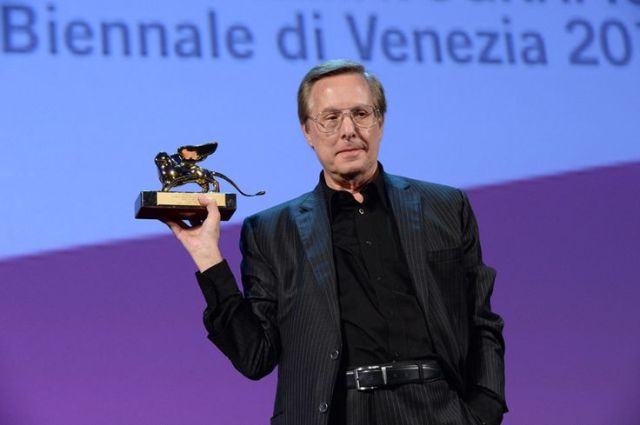
Friedman elevated the Horror genre from the margins. It had a sideline presence even in the era of silent cinema with fearsome vampires featured in Nosferatu (1922). The folklore figure sucks the warm blood of a living victim. The vampire theme has spawned many blockbusters like the Twilight series.
The important subgenres of horror movies include demonic possession as the mother of all supernatural horrors affecting the human experience. Demons appear in many forms, including mythological, religious, and supernatural manifestations. In The Exorcist, Pazuzu is the main demon. But it was never mentioned in the movie. The mythical demon belongs to Mesopotamia and possessed Regan MacNeil played by Linda Blair in the film.
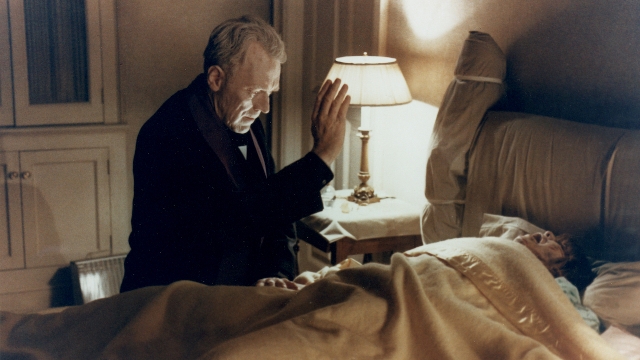
Other horror subgenres include paranormal in which the characters are not living creatures. Recall scenes of furniture moving without being touched and shaking from nowhere suggesting paranormal activity of demonic spirits, supernatural powers, or ghosts. Examples include movies such as Paranormal Activity, The Conjuring, The Amityville Horror, The Omen, Carrie, and Poltergeist.
In the Monster category, there are examples like Frankenstein, Dracula, Creature of the Black Lagoon, and more. The zombie genre is a cocktail of terror. The zombie-like characters are cannibals. The Walking Dead, which spanned 11 seasons over a decade from 2010 to 2021, created a huge following for the zombie genre.
Life and family
William Friedkin, known as Billy to friends, was born in Chicago on Aug. 25, 1935, to Louis and Rachel Friedkin. His Jewish parents and other relations moved to the USA early in the century from Ukraine.
Friedkin joined mainstream films after a stint in television and documentaries. Friedman says his big ambitions led him to the film industry: “From an early age, my ambitions exceeded my abilities,” he said in an interview.
Friedkin recalls his adolescence as a time of frustration and thwarted dreams. He graduated from Senn High School in 1953 and got a job in the post office of a local Chicago television station, WGN-TV. He has progressed through a variety of positions, including stage manager in hundreds of performances. The position of live stage director made a huge difference in his career. Watching Orson Welles's Citizen Kane over and over made him a determined young man who wants to be a director.
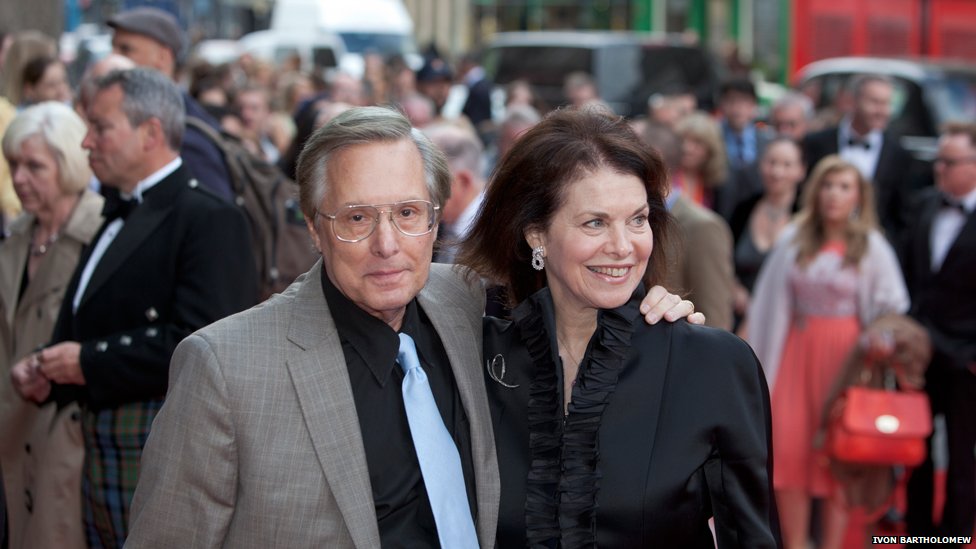
Friedman had four marriages, three of which ended in divorce. Marriages with actress Jeanne Moreau (1977-1979), Lesley-Anne Down (1982-1985), and journalist Kelly Lange (1987-1990) did not last long. However, his marriage to Sherry Lansing, the former president and chief executive officer of Paramount survived, and he had two sons.
Late William Friedkin never subscribed to the auteur theory that placed a film’s director as the ultimate creator and the center point of everything in a film. He was modest in acknowledging the contribution of all creative talents that make a film. Friedkin received the Golden Lion for Lifetime Achievement in 2013 at the Venice Film Festival. Harper published a book on him: 'The Friedkin Connection: A Memoir.”
Rest in Peace, Friedkin.

